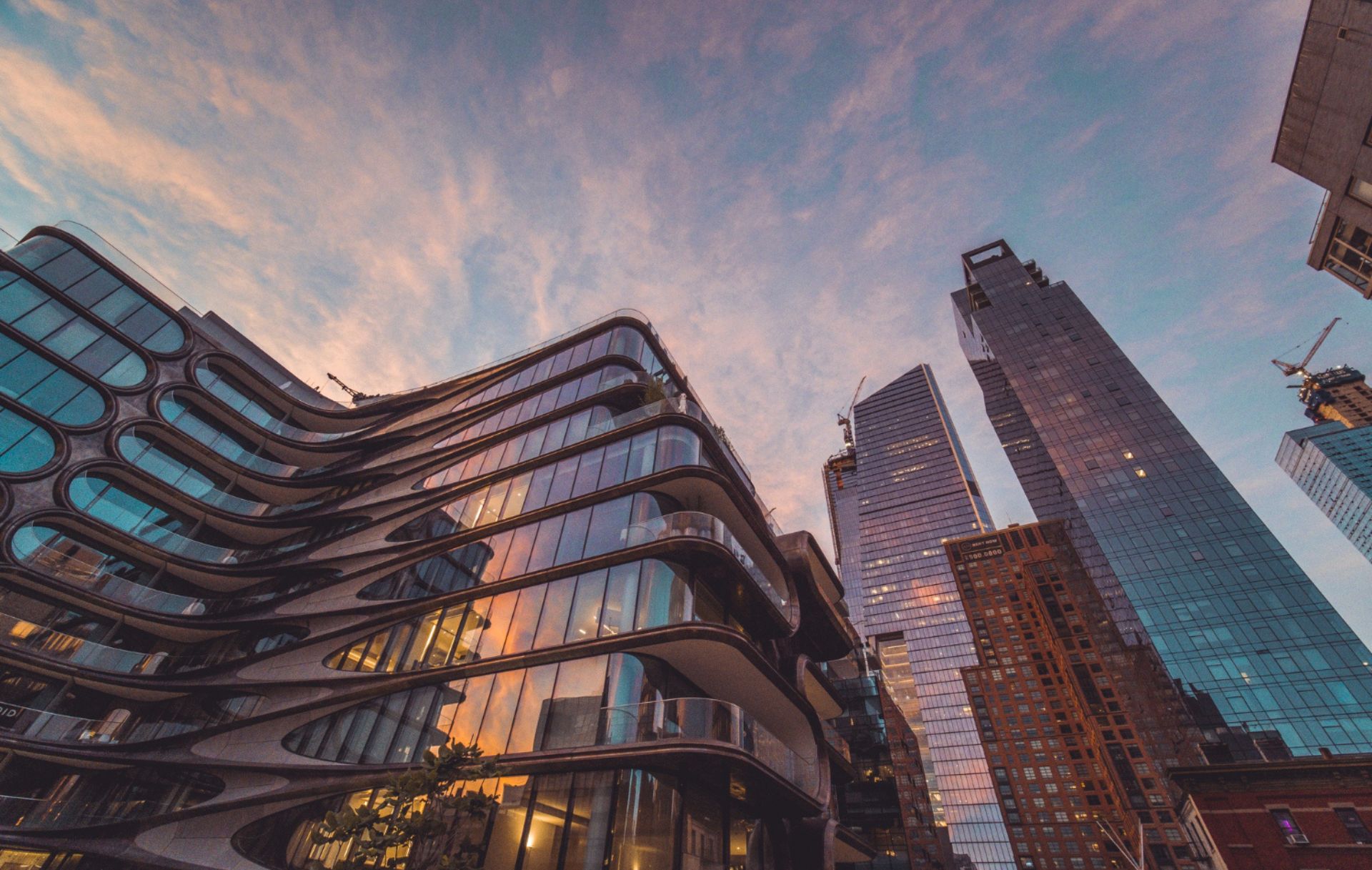3000+ Cr.
100+
Locations
300+
Workforce
About Us
Driving Progress
Driving Progress
Across Sectors
Transforming Real Estate
Developing premium commercial and luxury residential spaces with cutting- edge design & sustainable excellence.
Efficient Logistics, Delivered
Providing integrated solutions for cement companies and retail sectors, maximizing efficiency & performance.
Seamless E-Commerce Experience
Delivering comprehensive e-commerce solutions for white goods & electronics, driving growth and digital excellence.



Group Verticals
Strategic Pillars, Enduring Impact!



News & Blogs
Recent Blog Posts



















